Rapid Reskilling - When Creativity Meets Complexity
Reviews
Mastering Business Transformation Using Design Thinking
My name is Anai Vano, a seasoned Talent Development and Learning professional with a wealth of experience in Big IT transformations. This article aims to share insights from numerous interactions with Fortune 500 companies and how an approach that’s outside the box helped overcome some typical challenges. This detail-packed session hopes to broaden your horizons, inculcate the use of design thinking and help you navigate large scale IT transformations successfully.
The Unique Space of IT Transformations
Stepping into a large IT transformation can feel overwhelming. Consultants are sometimes faced with a client that wants immediate solutions, but the correct solutions may not be evident right away. This is where employing a design thinking approach changes the itinerary. Design thinking combines creativity and people-centric strategies – ensuring that team involvement directly contributes to the final solution.
“The objective is to create solutions that the team is responsible for and not just the organization and its consultants.”
Enhancing Workforce Talent in Digital Transformation
A critical factor in digital transformation is enhancing your organization's workforce. Existing talent should be reshaped to incorporate new skills, culture, and experiences. Nevertheless, many hurdles come with it, the primary one being the quest for quality talent.
Note: It's 400% more expensive to hire and onboard new talent than reskill the existing workforce. Therefore, organizations should invest their resources in workforce transformation and acquiring new tech skills.
The Future Skills
- Cloud technology
- Programming
- Data science
- Machine learning
- Experimentation
- DevOps
- Data Analysis
- Design thinking
- Agile IT
In addition, emerging future skills include internet of Artificial Intelligence (AI), Quantum computing, Resilience, and Robotics.
Creating Successful Learning Solutions
Design thinking is a methodology and mindset that helps create new solutions, innovate ways of working, and solve complex predicaments. Not only does it get the best out of your team's creativity, but it also builds crucial moments in the learning experience. This strategy has been effective in creating learning strategies during IT transformations.
“Design thinking unleashes moments that matter in the learning experience and helps design the experience with your team.”
Design Thinking - Tools and Strategies
Design thinking tools range from participant observation, territory mapping, to journey mapping. The ‘how might we’ tool is particularly interesting because by beginning your sentence with these words can spark more creativity in problem solving. For instance, "how might we complete the painting in one day and be satisfied with it."
What stands out is the iterative and prototype-driven nature of design thinking. It’s an open sharing experience - put forth your ideas, receive feedback, and slowly mold the best version of the solution you are aiming for. The key takeaway is to keep iterating, re-iterate constantly, and sketching out ideas until you find the best one.
Design Thinking in Practice
Design thinking is practical and has a very tangible impact on the business. It integrates people's needs with business opportunities and technical possibilities. Find a cross-disciplinary team, get acquainted with the resources, try basic methods, and enjoy the process.
The best way to get started on design thinking is to apply the mindsets to your project starting today. Test it out, see how it works for you, share it with your team, and enjoy the process.
Remember, "Design thinking can be done by anyone with the curiosity and creativity to solve the challenges."
If you have any questions, require further information, or wish to discuss future roles and new skilling, please feel free to get in touch. I hope this article has brought a fresh perspective on design thinking and inspired you to consider it in your next project.
Video Transcription
My name is Anai Vano and I'm a talent development and learning professional.Uh I've been working in accenture as management consulting manager uh and basically mostly involved in Big It transformations and as a part of big it transformation, mostly involved in learning strategy and creating um learning strategies and uh change. Yes. Uh making sure that um the employees of the organizations of our clients are res skilled uh adopting new technologies, adopted new knowledge and uh ready to roll in the new environments. Um So what I want you to take out of this session is a bit of my experience uh during uh the large transformations that we do uh with fortune 500 companies. And um most of the experience uh the good experience uh that um came out of um a lot of bad experience. And basically a lot of you probably know uh when you are a part of a big it transformation and you are speaking with a client uh on the about the solution, what they want um as they are um employing you as they are talking to you as a consultant, they wanted that solution.
They want an answer. Immediately and that answer might not necessarily be just the right answer for that specific client or for that specific situation. So, out of this session, what I would like you to take is a big your horizon, if not, uh and applying design thinking approach in kind of issues. Uh I'm a very creative person. So, uh obviously, that's why I love design thinking uh and the very people person. So that's why I love putting people in the confined space and making them uh come up with a, with a solution themselves that um they will be responsible of. Um and not only uh myself and the organization behind me that is delivering the solution. So how, how to make uh and come up with a successful uh solution learning solution uh and implement it uh so that both the employees and the leadership can benefit from it. Uh So as bear with me with this slide, I know it's overwhelming as part of digital transformation. Uh The critical component of a digital transformation is the workforce and people think this existing talent through uh risky shaping uh their skills, culture and experience and transferring them into the new. One of the biggest obstacles in these days is the lack of quality talent.
And if you didn't know uh 4400% it's uh 400% more expensive find. And on board a new talent than rescale the, the one that you already have So basically, right now, leaders and organizations uh are investing their forces and resources into work workforce transformation and new uh tech skills. So, on one hand, we have the organization and on the other hand, we have uh future roles and new skilling. So I'm wondering, what do you think? Uh as per your opinion, what are some of the future skills and basically skills that people need to have to be successful in um developing their careers? And I'm talking here about tech skills, I will go to them. So can you please share, share and chat? There is no right and wrong answer here. So what do you think are the future roles or um future skills, technical skills? Don't be shy cloud. Definitely programming. OK. As I said, no, right or wrong answer. You in a bit data science. Definitely in addition to what you've said. And thank you ladies. Mm You were very right. Uh Cloud data science, uh machine learning experimentation, uh devops data analytics, design thinking agile it. That's now uh as you said, is new. What's next?
It's internet of artificial intelligence, qua quantum computing, resilience and um robotics. So uh great. We have the needs of organization, we have the skills and then uh is basically we have this uh some learner and she was from e learnings classrooms. Um Mus coaching, mentoring, all kinds of social learning. Uh and not to mention Gamification, augmented reality, Vrara. I mm all the eyes and uh but in the midst of that, uh when it all sounds very nice uh When you are thinking about, OK, how do I reskill myself or how do I reskill my team people in my organization. What, what do I go for? What do I choose from? The everything? Sounds so wonderful, so sexy, so new. Why not take it all? Why not gamify everything? Because Gamification is super hip uh And people like to play, people like to make learning have fun learning. But does learning necessarily need to be fun?
Does all learning necessarily need to be fun? Um We do at the end, want to spend our time uh in the right way as we don't have it a lot. Uh So choosing from this mix and matching it to the business objective and matching it to the skills, uh that's when the design thinking uh comes in place. And of course, this is not set in stone, but this is just one of the methodologies that I found uh very helpful in creating learning strategies um over the course of it transformations and huge it projects. So where to start from design thinking is a methodology and the mindset that accelerates new solutions, new ways of working and enhances the ability to solve the problems. It unleashes the new experiences, it makes you think outside of the box and not only in the confinement of your organization of your company, of what you know what your assumptions are that other people should learn that other people learning journey should look like because you've read it somewhere.
Uh So, design thinking uh unleashes your creativity and your team's creativity uh to figure out the best possible solution, the most creative solution for the problem that you have. Um So it's also unleashing these moments that matter uh in the learning experience and uh helps you core the design uh and design the experience with your team. Uh And basically, when we are talking about these teams, it's not just um in my perspective, let's say accenture uh or uh any consultancy agency, but it's uh a very different and very diverse team with very diverse experiences from the business perspective to uh developers uh to marketing and sales people, to us as learning uh specialists.
So we all gather our little, little minds and uh discuss uh the best possible solution and the combination the creative metrics that could lead us to the, the combination of learning experiences that fit the need. Uh So this is an example of learning journey of these moments that matter uh that we tackle using design thinking method methods. So uh using the thinking for learning, uh we mapped and defined uh moments that matter for Eva uh from hiring through on boarding and um learning new technology, new skilling and then coaching. Um so she could receive information at the time that she needed online offline. Uh and we wanted to make sure that Eva has the right experiences at the very precise time that she needs and not bombard her with elearning meetings, mentoring when she basically does not have the need for it. So design thinking can be done by anyone with the curiosity and creativity to solve the challenges. Um So in design thinking that you ha you need to have a people centered mindset, design thinking starts with empathy and understanding people through direct observation and research.
It's very creative and playful. So there is no right and wrong answer. Uh You can be really crazy with the solutions until you iterate mu multiple times and figure out what is the right one that uh that is the the the problem, the business problem, it is iterative uh prototype driven. So uh relies on tangible representations that um are then defined through iterations. It's very collaborative, finds patterns and analyzes things that you are seeing uh consistently uh across your journey map or entire employee experience. And basically, it allows you to learn from people in the team.
It allows you to openly share your experiences and uh to openly share what you uh your expectations uh and receive feedback. Uh It helps you make your uh idea, tangible by drawing picture, jotting down key phrases and then figuring out oh, it might be not the best idea or really it's, it's um the great solution the greatest there can be. So the the basic concept of design thinking is that you iterate, reiterate constantly, you sketch, re sketch, uh receive feedback, give feedback. And then at the end, uh after creating multiple versions uh come to the um this North Star, this best version uh of the of the learning or any other problem that you need or solution that you need to solve. So, design thinking is a way of working that helps us integrate people's needs with business opportunity and technical possibilities. So um there are multiple tools in uh as part of design thinking from participant observation territory mapping, the direct storytelling, interviewing persona, journey mapping.
How might we um And let's, let's for a second pause on this. How might we if you have a simplest um question? I don't know. Um I need to paint my room. Uh So how might we approach this painting of the room that we finish it uh in a day uh and are happy with it. So this is very, very loose question. However, a simple how, how might we at the beginning of the, of the center of the question helps you think more creatively. Uh My personal favorite is creative matrics because it allows you to put all the ideas and uh on, on one piece of paper, mix and match and through iterations through feedback. Figure out what is the best uh best one the, the creativity. Uh So where to go next? I think I am on the top of, of my session of my uh 20 minutes. Um So, um I would urge you to check the resources and information on design thinking. Also you can connect to me uh on um I will share my, my information later. Uh And I would love to share more of my experiences and even tips and tricks liver design thinking the context, but also in other contexts. But a very simple start where you are to apply design thinking mindsets to your project today.
So get familiar with the resources out there, try a few basic methods and start using them together. For example, what I mentioned, how might we or a crazy eight. So you take a piece of paper, uh fold it uh on eight times and on each folded piece, write down an idea, uh give it to, to your calling and receive feedback. So you can try very simple exercises to test how it works for you using design thinking and uh gather a cross-disciplinary team and just go and enjoy the process. Interesting. Thank you so much for connecting. Thank you for listening in. I hope that you enjoyed and I hope that you learn something new and you are ready to start exploring or continue exploring and using design thinking methods. Um Here are, here is my information and at any time if you want to discuss this further and connect, um feel free to uh thank you so much and enjoy the rest of the day.

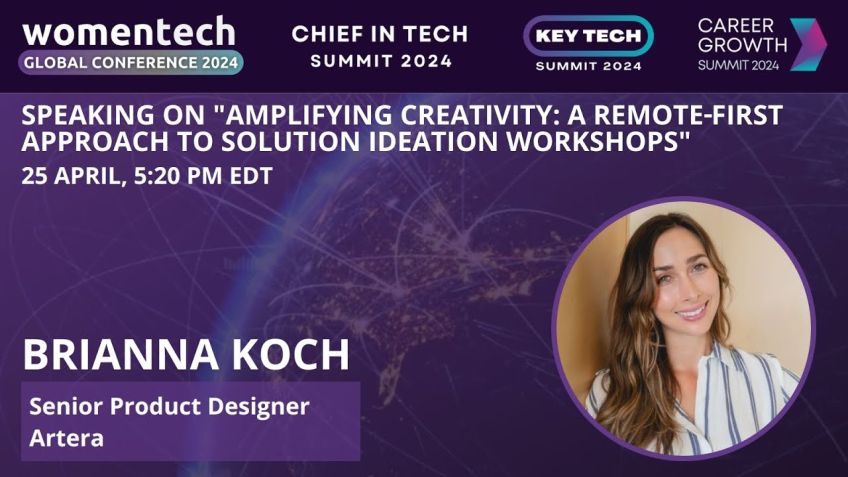
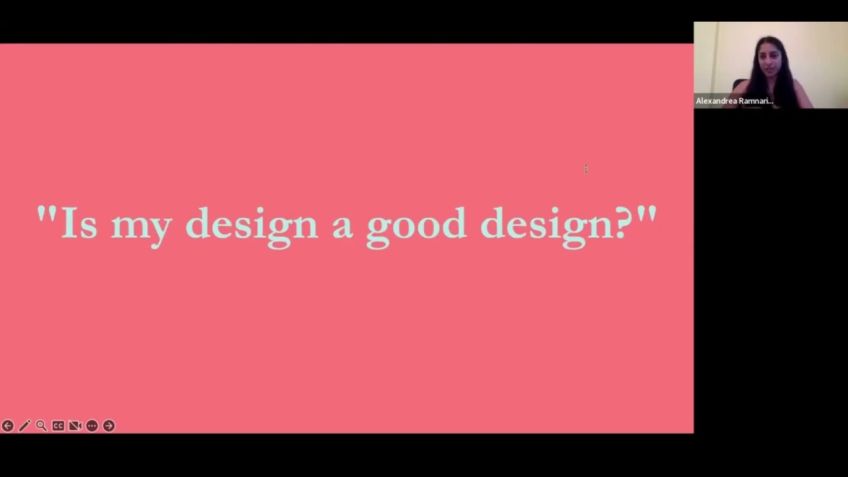
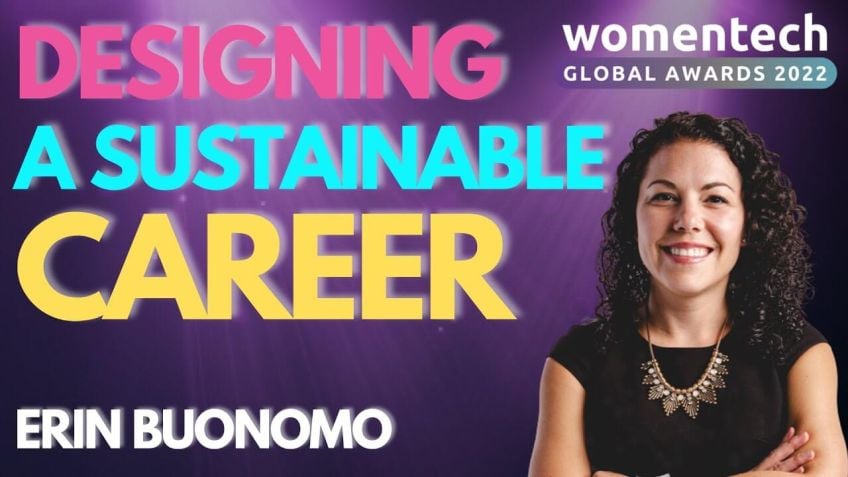
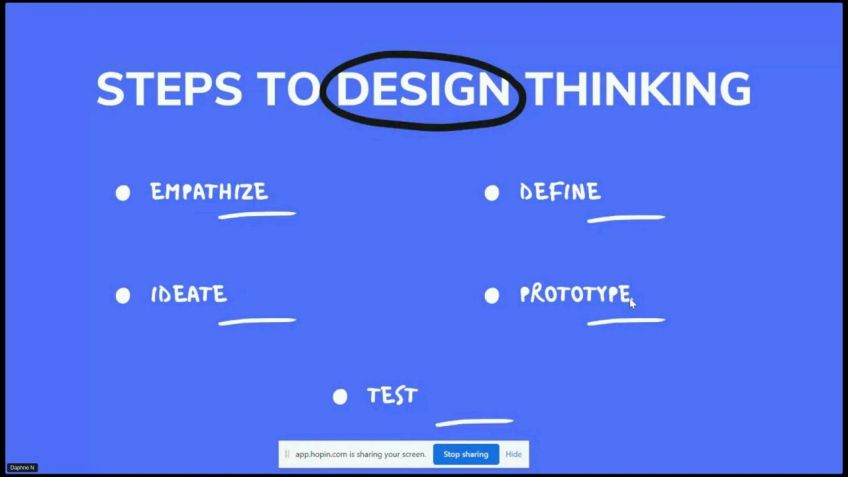
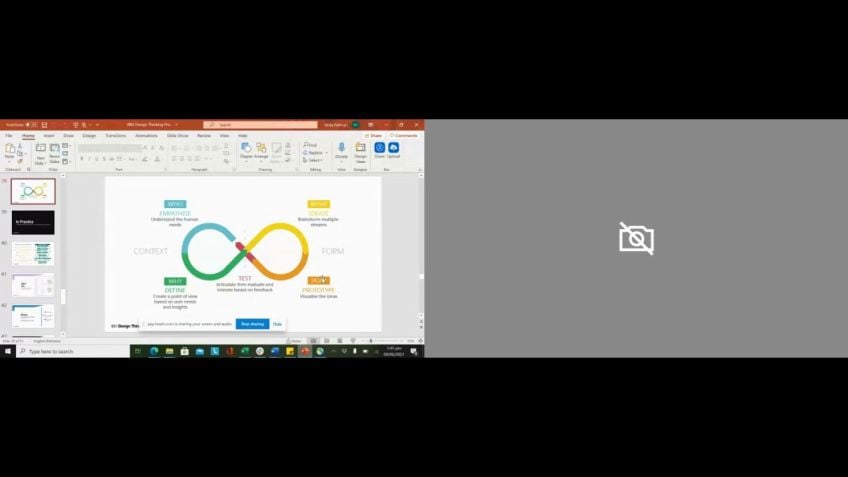
No comments so far – be the first to share your thoughts!